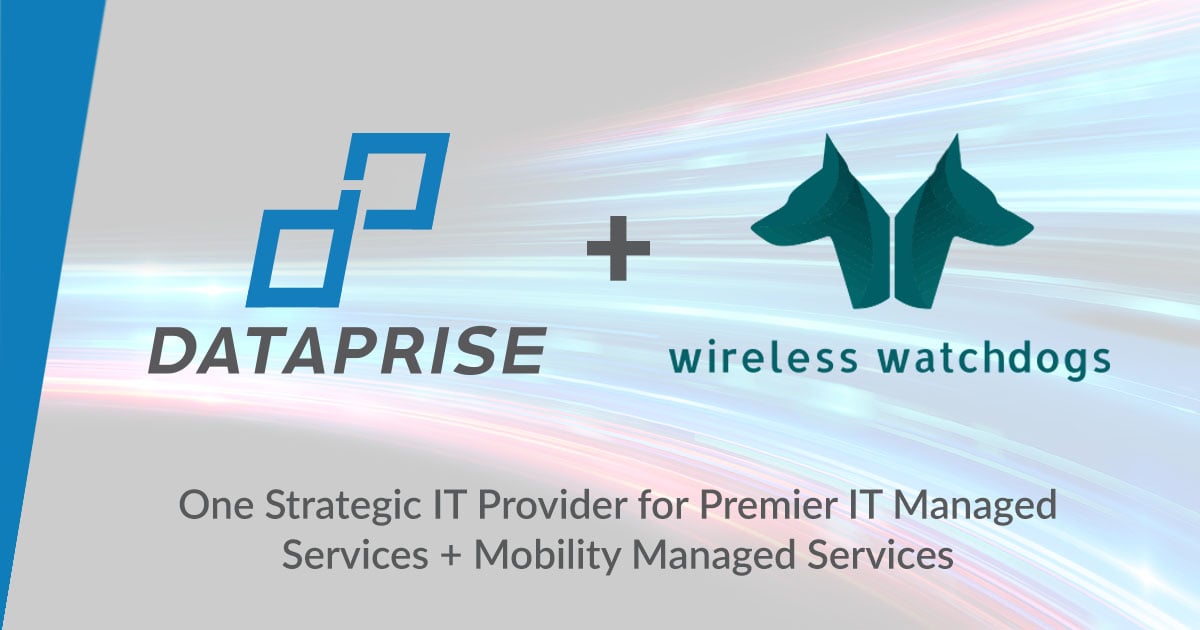According to reports submitted by P&S Market Research, there will be a compound annual growth rate (CAGR) of 37.6 percent in the healthcare Internet of Things (IoT) industry between 2015 and 2020. If one thing is certain, IoT has transformed healthcare in a variety of ways over the past several years and will continue to do so for years to come.
Here are the IoT applications in healthcare everyone needs to know about.
Implantable Glucose Monitoring Systems
Patients who suffer from diabetes can have devices with sensors implanted in them, just below their skin. The sensors in the devices will send information to a patient’s mobile phone when his or her glucose levels get too low and will record historical data for them too. This way, patients will also be able to tell when they are most likely to be at risk for low glucose levels in the future, as well as in the present.
Activity Trackers During Cancer Treatment
Usually the right treatment for a cancer patient relies on more than just his or her weight and age. Their lifestyles and fitness levels also play a huge role in what the proper treatment plan for them will entail. Activity trackers track a patient’s movements, fatigue levels, appetite, etc. Plus, the data collected from the tracker prior to treatment and after treatment has started will tell healthcare professionals what adjustments need to be made to the recommended treatment plan.
Heart Monitors with Reporting
Patients can wear devices that monitor their heart rates, and that can determine whether they have high blood pressure. Healthcare providers will have access to reporting of patient’s heart monitor data when they need to pull it during checkups and exams. The wearable devices can even alert healthcare professionals when patients are experiencing arrhythmias, palpitations, strokes, or full-blown heart attacks. Ambulances can then be dispatched in a timely fashion, which can be the difference between life and death.
Medical Alert Systems
Individuals can wear something that looks like jewelry but is designed to alert family members or friends in case of an emergency. For instance, if an individual is wearing a medical alert bracelet and fell out of bed in the middle of the night, the people they designate to help in the case of an emergency would be immediately notified on their smartphones that their help was needed.
Ingestible Sensors
Patients can now swallow devices with sensors that look like pills. Once the sensors are ingested, they relay information to a patient’s mobile app that will help them follow the proper dosages for their medications. Most medications aren’t taken as prescribed due to forgetfulness or other human error. This ingestible sensor works to ensure patients are taking the right medications, at the right time, in the right dosages. Some ingestible sensors are also being used to more accurately diagnose patients with things like irritable bowel syndrome and colon cancer.
Medication Dispensers
Devices can now be implanted in a patient that dispense medication in steady doses throughout the day. Patients will be notified when they need to refill their medications. Doctors can also be informed of missed doses during routine visits.
Wireless Sensors
Wireless sensors are being used in labs and hospital refrigerators to ensure blood samples, chilled medications, and other biomedical materials are always kept at the proper temperatures.
Trackable Inhalers
IoT inhalers are telling patients what they’re doing or experiencing to cause asthma attacks, by transmitting information to their smartphones or tablets. That information can also be shared with their physicians. The connected inhalers also remind patients when to take their medications.
Wearables to Fight Depression
Apple has designed an app for its Apple Watch that helps manic depressive patients cope with their depression. The app tracks a patient’s episodes outside of their scheduled appointments and helps to monitor cognitive and mood functions.
Connected Contact Lenses
Currently, connected contact lenses are reading glucose levels of diabetes patients. But soon enough, they’ll be able to help restore the eye’s focus and improve vision.
Location Services
Items like wheelchairs, scales, defibrillators, nebulizers, pumps, or monitoring equipment, can be tagged with IoT sensors and located easily by healthcare staff. A lot of times physical equipment can be misplaced or is hard to track down, but with IoT, staff will know where everything is.
Remote Monitoring
With IoT devices, healthcare professionals can monitor their patients who just underwent surgery or who go home for outpatient care. They’ll be alerted if a patient reaches a critical state or needs immediate attention.
Expect to see IoT innovation in healthcare on the rise in 2018 and beyond. The applications of IoT in healthcare listed above are just the beginning.
Are you looking for an IoT Managed Service Provider?
Download our free white paper to ask the right questions and find the best fit.








